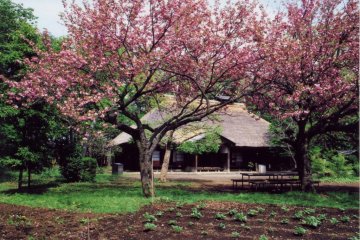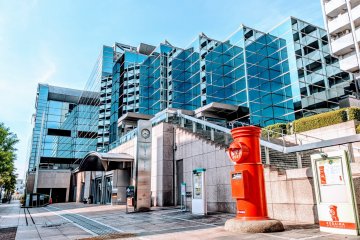Overview
Kodaira City is chock full of history and culture. But beyond its temples, shrines and museums can be found a series of little known spots of history and landmarks. From nature roads to Imperial mementos, here is an easy introduction to some of the history and landmarks of Kodaira City and how to reach them.
Green Road
Some 21km make up the city's popular looped Green Road. With three distinct sections, seasonal walks are common here with each section offering up its own variety of seasonal flora. Along the Tamagawa Canal section, cherry blossoms planted in the 18th century are a particular highlight.
An 8-minute walk from Hana-Koganei Station on the Seibu Shinjuku Line.
Gyoko-matsu Monument
A pine tree planted to commemorate the Emperor Meiji's cherry blossom viewing visit in 1883, the Gyoko-matsu Monument has stood for over 150 years. A stone plaque also stands by the tree, bearing inscriptions of the visit. The tree and monument have been designated as a Tangible Cultural Property of the city.
A 5-minute no.12, 13 or 15 bus ride from Misashi-Koganei Station on the JR Chuo Line.
Nakamachi Terrace
Designed by Kazuyo Sejima, Nakamachi Terrace is both public hall and library but that's where the normal ends. Coated - draped - in a net-like metal, the building features independent annexes that lead into an open third floor space. Viewed from outside, the terrace is a definitely unique sight.
A 10-minute walk from either Ome-Kaido Station or Kodaira Station on the Seibu Tamako or Seibu Shinjuku lines, respectively.
Nihon Dai-ichi Maru Postbox
Outside the Rune Kodaira concert hall stands one of the city's iconic red post boxes. As well as being entirely serviceable and in current use, the Nihon Dai-ichi Maru Postbox is Japan's largest pillar post box. It's huge size and bright red colouring clearly separate it from its contrasting backdrop colours.
A 3-minute walk from Kodaira Station on the Seibu Shinjuku Line.







